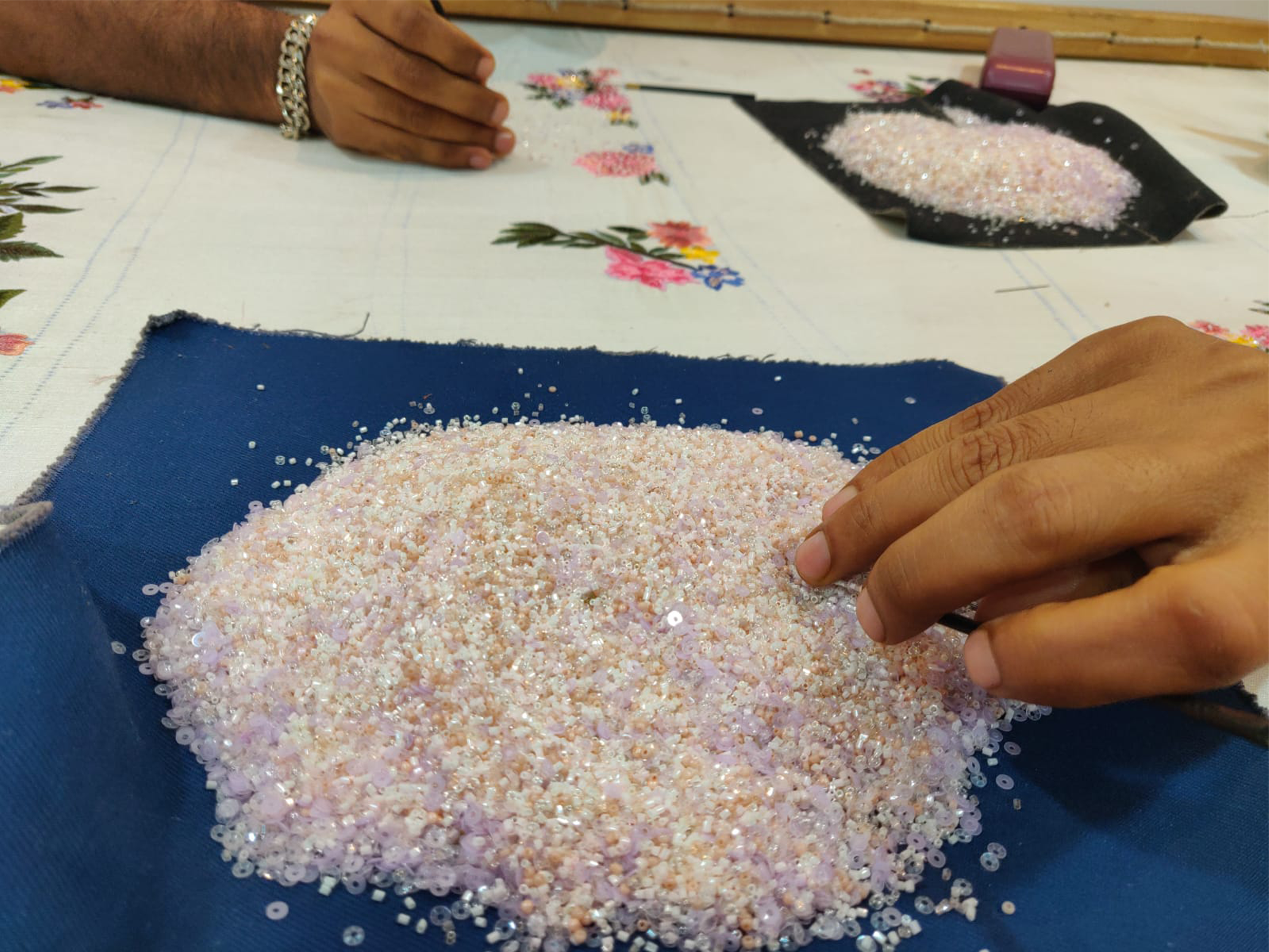Today you made a decision that could change the face of the planet. You decided what to wear.When was the last time you looked in your wardrobe and couldn’t find anything suitable?
We need a fashion industry based on three principles: clean, fair and good.”
Biocouture, or fashion made from more environmentally sustainable materials, is increasingly big business. Using waste from wood, fruit and other natural materials to create textiles. Alternative ways of dyeing their fabrics or searching for materials that biodegrade more easily once thrown away.
The industry’s environmental footprint is immense. It extends beyond the use of raw materials. Combined, the global apparel and footwear industries account for an estimated 8 percent of the world's greenhouse gas emissions.
Lifecycle assessments show—taking cotton production, manufacture, transport and washing into account— it takes 3,781 liters of water to make one pair of jeans. The process equates to around 33.4 kilograms of carbon equivalent emitted, like driving 111 kilometers or watching 246 hours of TV on a big screen.
Even just washing our clothes releases plastic microfibers and other pollutants into the environment, contaminating our oceans and drinking water. Around 20 per cent of global industrial water pollution is from dyeing and textile treatment.
Yet globally, the industry wields considerable power. It is worth US$1.3 trillion, employing around 300 million people along the value chain.



